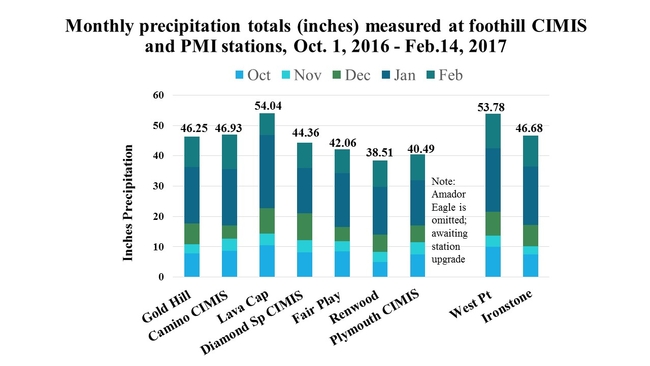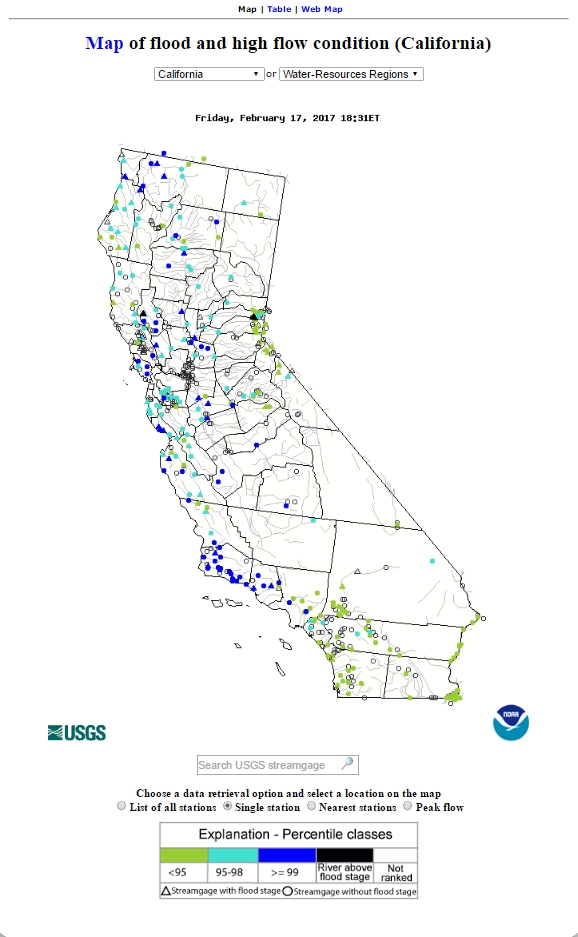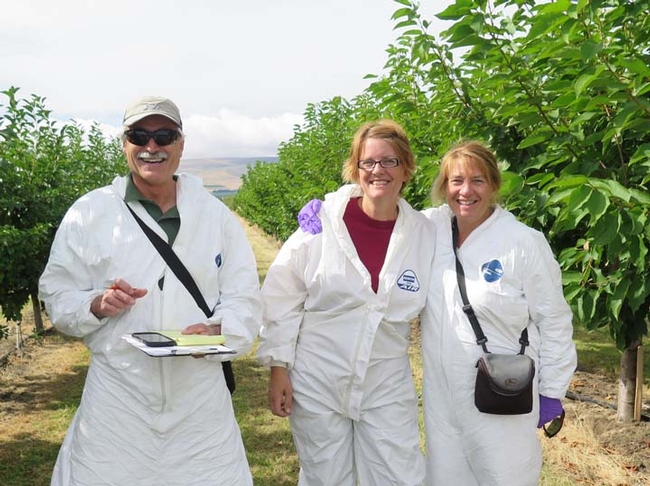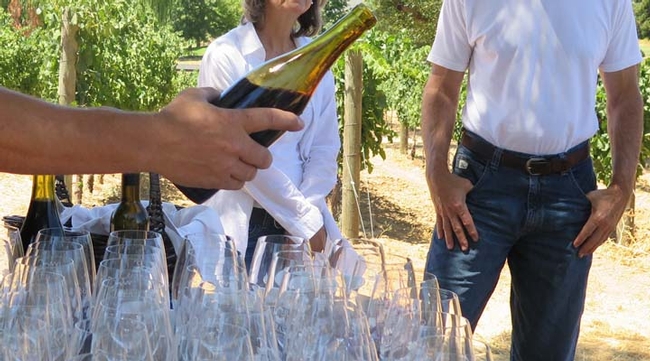- Author: Lynn Wunderlich
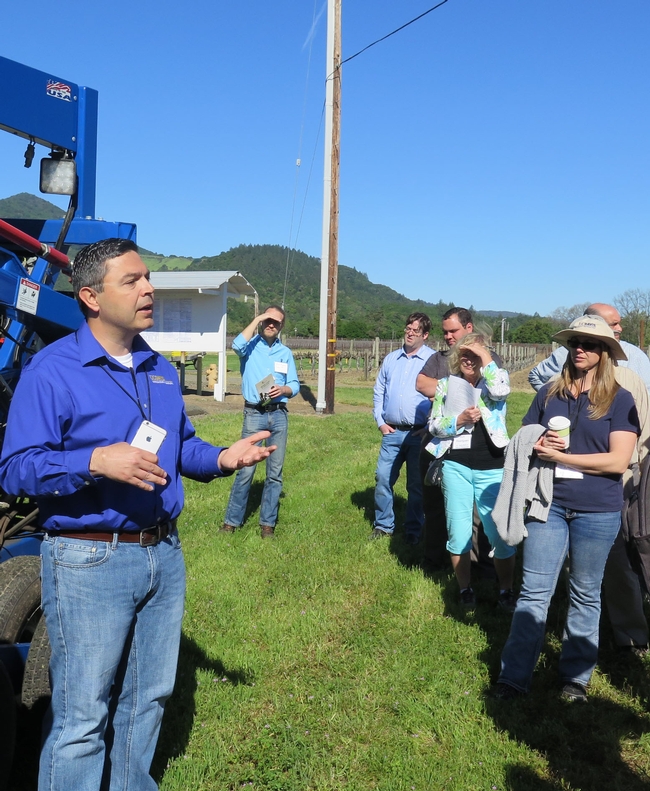
The meeting highlight for me was a tour co-organized by Rhonda Smith, UCCE-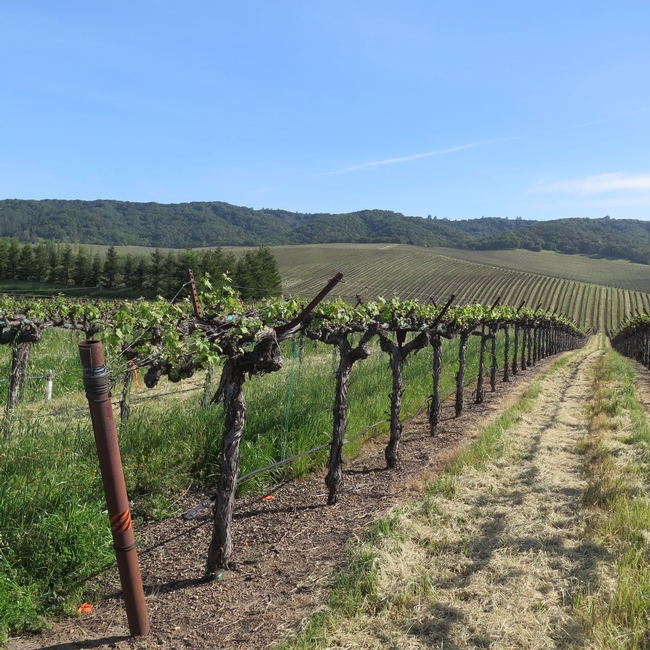
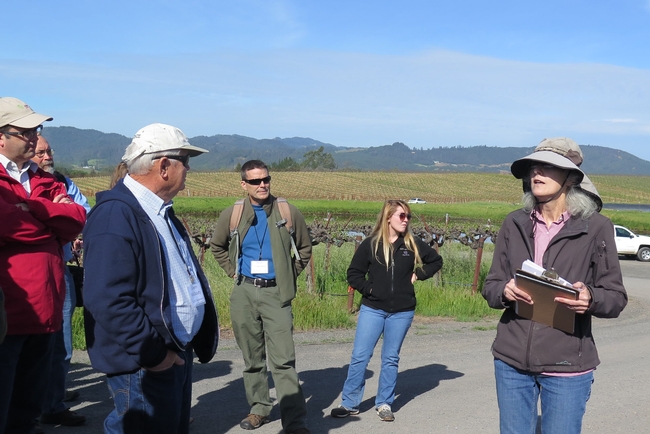

With all of the UAV (i.e. drone) and sensor craze lately, NDVI mapping may not seem like such a big deal. But Kurtural warned of the lack of "ground truthing" with NDVI flyover information-a critical component of understanding NDVI generated data. Another catch is that the sensors need to be "trained", that is, the scale for which the data they are generating needs to be calibrated to be meaningful. For the camera that is generating crop load information, occlusions are another hurtle for the Kurtural team. Counting clusters is not a good enough predictor of yield, rather, 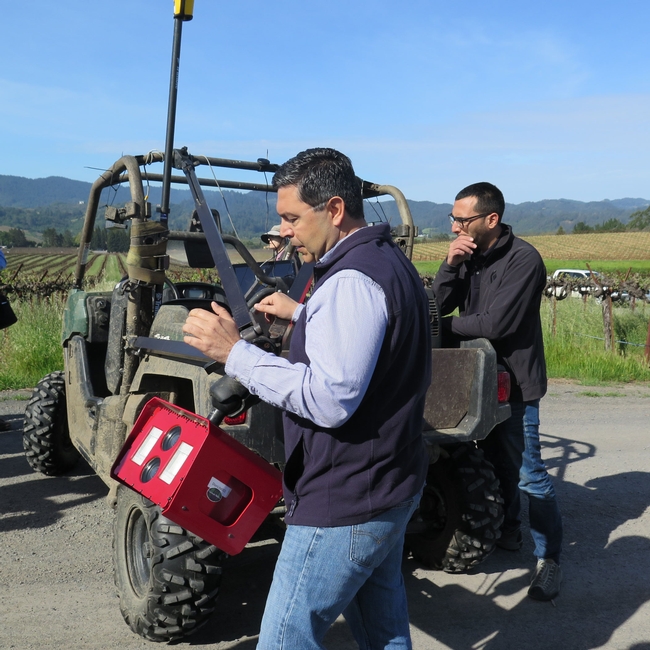
Additionally, the Kurtural lab is studying the genetic pathway for anthocyanin (color) development in berries. With this information, the timing of applied water stress can be targeted for key times in color development. This is also important for the table grape industry, where similar studies are being conducted.
The wave of the future? Clearly, "smart" farming is nearly here. UCCE is on the cutting edge of technology to manage our precious resources, save labor, and produce a premium crop.
- Author: Lynn Wunderlich
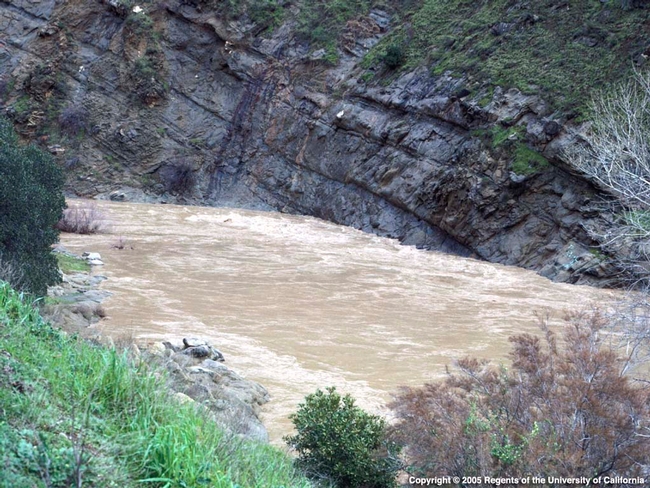
The "hydrological year", also called a "water year", is a term hydrologists and water resource managers use to describe the period from Oct. 1 of a given year to Sept.30 of the following year. Thus, the hydro year is meant to include fall rainfall with dormant season rains that may impact the soil water holding capacity and total rainfall for crops emerging the following spring.
The stations are located across El Dorado, Amador, and Calaveras counties and give us a good picture of the rainfall totals across the region. And the winner is....the Lava Cap station located in Camino has recorded the highest rainfall amount to date, 54.04 inches; closely followed by our newest addition to the network, the West Point station at 53.78 inches!
- Author: Lynn Wunderlich
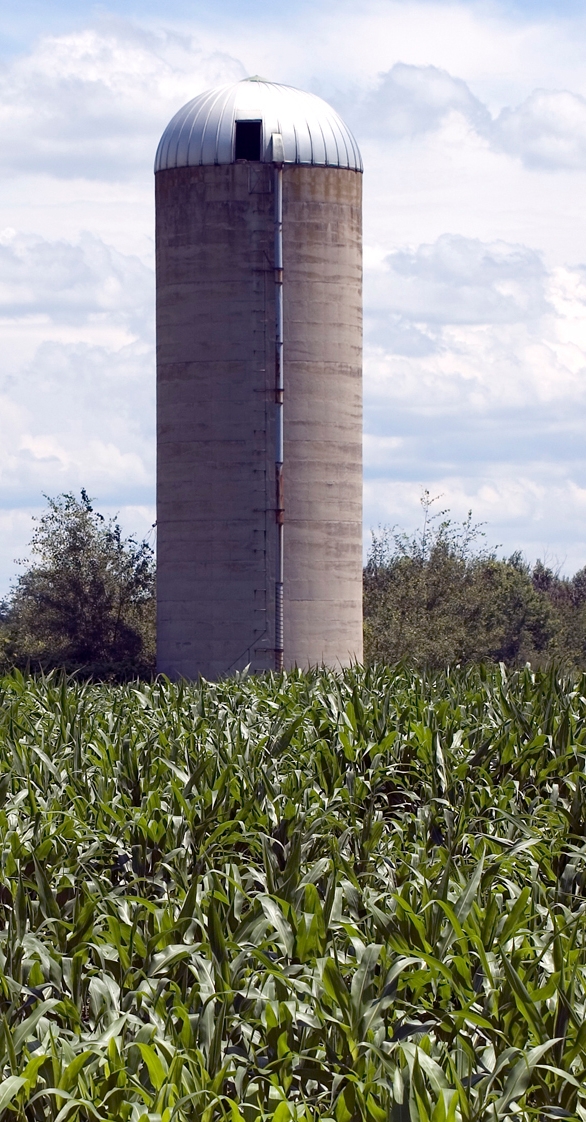
With a growing amount of knowledge needed to be an effective extension resource, that means attending informational meetings, such as the annual "Current Issues in Vineyard Health" and the Foundation Plant Services (FPS) annual "Grape Advisory Committee" meetings, both held in Davis last week.
At those meetings, Dr. Maher Al Rwahnih, Director of the Diagnostics and Research Lab at FPS at 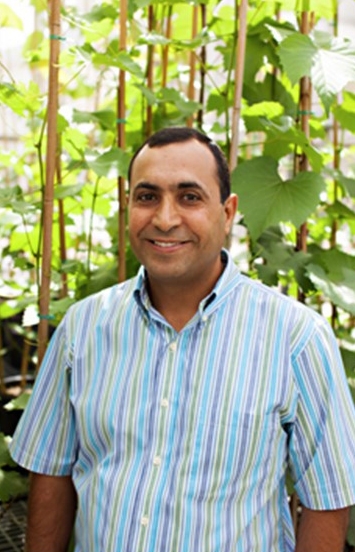
Maher, working with UCCE Farm Advisors, has tested samples from 10 grape growing counties and, so far, has only identified the virus from Napa. In Napa, GPGV has been isolated from Chardonnay, Pinot Noir, Zinfandel, Malbec, Merlot, Cabernet Sauvignon, as well as other varieties. 

Unlike Red blotch and leafroll virus, the best time to sample for GPGV is in the spring. I will be surveying foothill vineyards and sending samples for testing to Maher in spring. If you think you might have Pinot Gris virus, and would like your vineyard tested, please contact me! All results will be kept confidential. This is not a quarantined pest so the testing and information is only to improve our understanding of the disease.
Until next time...and thanks for sticking with me!
- Author: Lynn Wunderlich
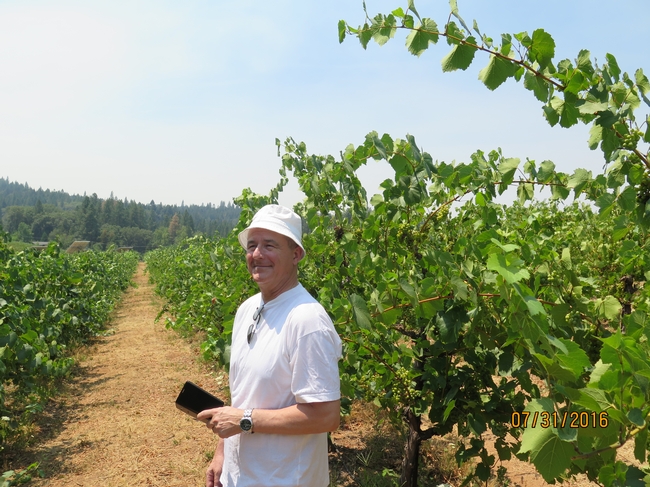
And wow, what an incredibly knowledgeable and gracious scholar. Vittorino was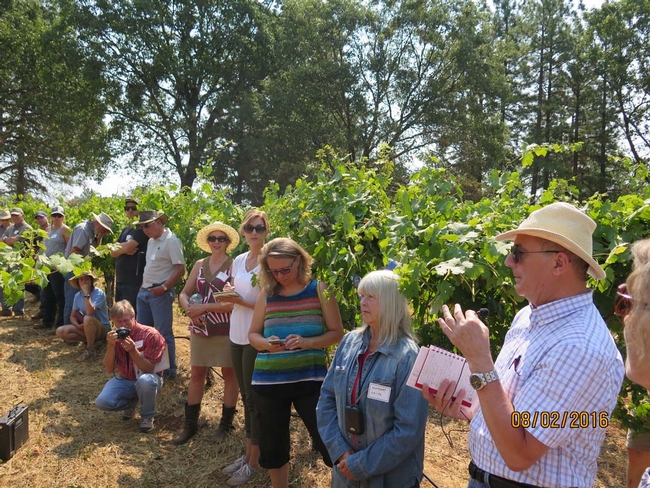
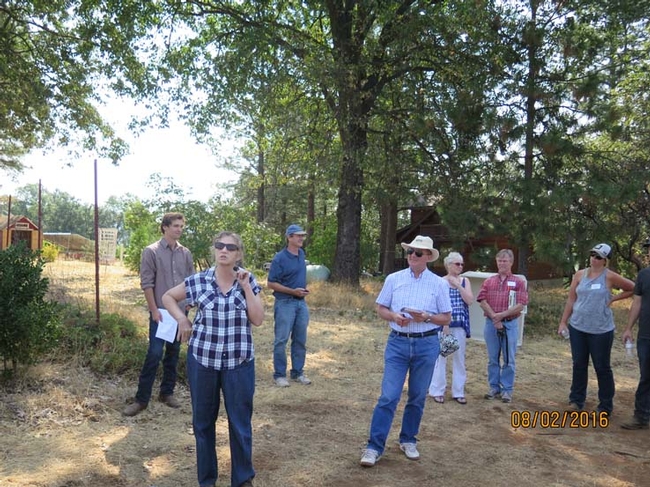
Vittorino commented that all of Sheila's observations as to the difficulty of growing Nebbiolo-the vigor, the need to cane prune, curbing yields to 3-4 tons to try to try to increase color, the highly tannic wines, were true to the variety. The name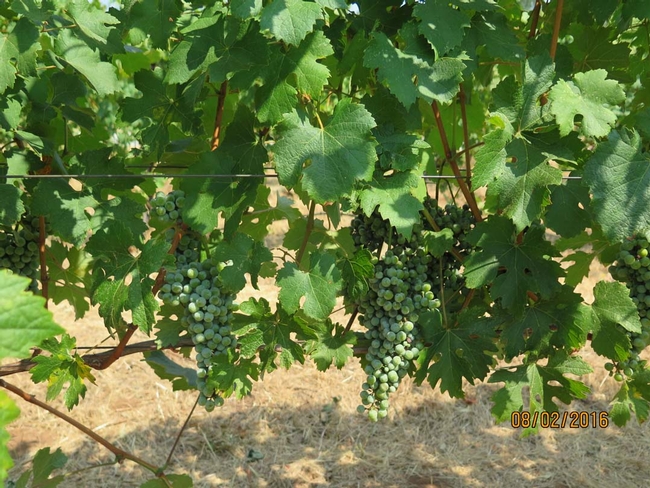
I'll cover more on the Vittorino tours in my future blogs. To take a look at my recap of the tours, and Vittorino's evening seminars, go to the postings on my webpage here. 
- Author: Lynn Wunderlich

First off, powdery mildew has been a problem for many of you this year-and I've been answering a few farm calls related to this. All of the rains we had made for great canopy growth, making it more difficult for spray to reach the target. Leafing and shoot removal can really pay off when that is the case. That, plus ideal spring temperatures of 70-85° (remember those cool days we had? seems a long time ago now...) made it a mildew year. Calaveras Wine Alliance just funded a 7th mildew station (Yeah!) with a Ca. Specialty Crop Grant. That station is located in West Point and it's weather data is currently up and posted at UCIPM. The mildew model will begin running next year at this location. 
If you are interested in the latest mildew fungicide work, Doug Gubler will hold his annual powdery mildew field day this year at 10 a.m. on Aug. 3 at Rio Viento vineyards in Walnut Grove. RSVP to Trang Nguyen at xinguyen@ucdavis.edu if you plan to attend.
After I presented my ET slope work and heard other researchers present their research at the annual ASEV conference in Monterey, I spent a week in Prosser, WA receiving spray application training from Prof. Emilio Gil from Spain. Funded partly by a Western Sustainable Agriculture Research and Education (WSARE) grant, I was fortunate to be the only California participant in a week long, hands-on training that enhanced my ability to deliver spray tech training to all 



